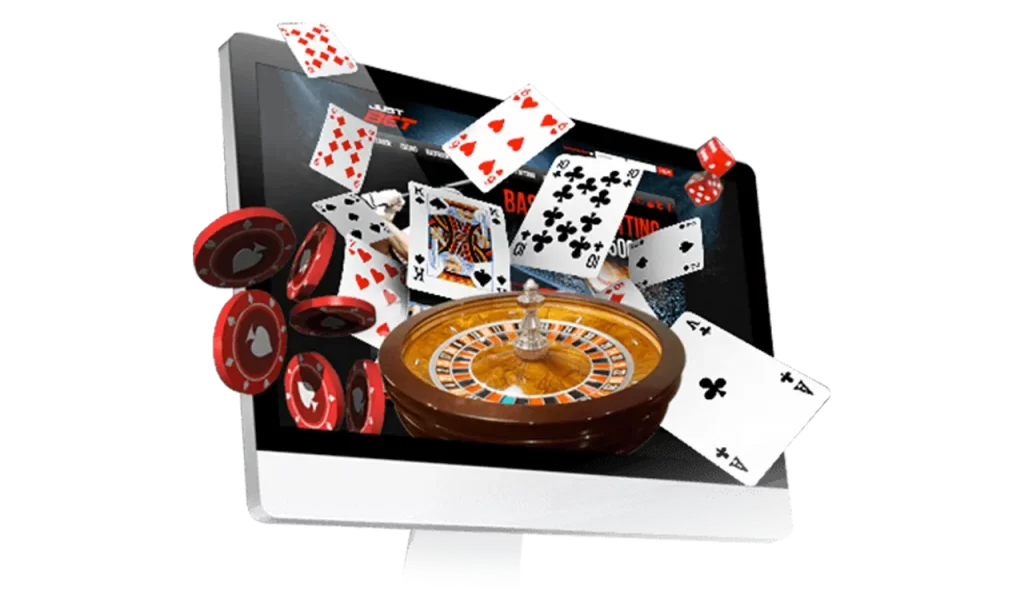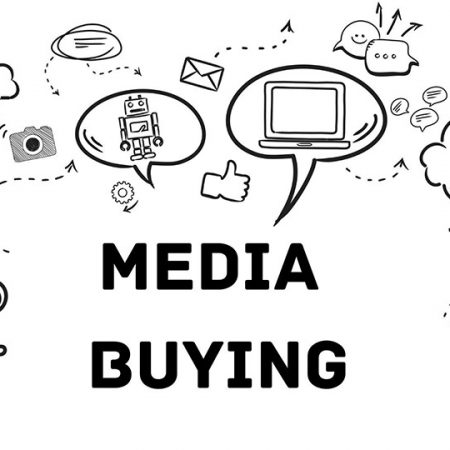
The Vitality of Media Buying in the Progressively Expanding iGaming Industry
In the continuously evolving business environment that we presently reside in, having an impactful marketing strategy isn’t just recommended, but fundamental. One such invaluable aspect of contemporary advertising is Media Buying. It has grown into an indispensable excellence, notably in the rapidly inflating sector of iGaming. In this piece, we are going to explore the essence of media buying, how it influences iGaming industry, and its potential in enhancing the allure and acumen of a brand.
Comprehending The Concept of Media Buying

Media Buying might appear relatively uncomplicated as a concept, but it’s a sphere loaded with boundless possibilities. At its core, Media Buying circles around the process of acquiring ‘media inventory’ or advertising slots on a broad array of platforms to publicize promotional material. These platforms extend from websites and mobile applications to billboard advertisements and even mediums such as radio and television. When effectively executed, media buying targets an ideally suited audience demographic, employing the perfect strategies to grab these potential patron’s attention.
Distinguishing Media Planning from Media Buying
The Process of Strategizing – Media Planning
It’s usual for individuals to conflate media buying and media planning by considering them interchangeable, when in reality, they are distinct parts of a broader advertising scheme. Media Planning acts as the initial stage, which strategizes the ‘what, when, and where’ for an advertising campaign. This process involves a comprehensive strategy that can pinpoint the aims of an ad campaign, determine the right target audience, select the most suitable advertising mediums, and finally, decide the lifespan of the advertisement initiative.
The Execution Phase – Media Buying
On the flip side of the coin, Media Buying is primarily the implementation phase. The process includes negotiating and buying advertising spaces on pre-selected platforms. The primary objective in this phase is to procure the best advertising slots at reasonable prices, while simultaneously assuring the advertisement reaches its full impact potential.
Varieties of Media Buying
In the field of Media Buying, three primary categories can be identified. The first is traditional media buying that involves direct negotiation and acquisition with the owners of the advertising medium. Following this comes programmatic media buying, which involves a high degree of automation and includes factors like real-time bidding (RTB). Lastly, there’s affiliate media buying, which relies on performance-based buying of media spaces.
The Different Platforms Employed in Media Buying
In the Media Buying domain, Ad Networks and Programmatic RTB (Real-Time Bidding) stand as two vastly recognized platforms. Ad Networks essentially aggregate ad slots from numerous publisher sites and render them available to advertisers. Contrarily, Programmatic RTB permits advertisers to bid on individual ad impressions in real-time, which assists in optimizing advertising costs and overall ad reach.
The Significance Pixel and Postback

The Function of a Pixel
A Pixel generally refers to a minuscule piece of code that websites embed to track visitor details and collect essential data regarding user interactions. This could include page views, ad clicks, or even successful conversions. Such data obtained through Pixels is indispensable for designing and fine-tuning effective advertising strategies.
Pixel’s Role in Media Buying
Through the proficient employment of Pixels, advertisers can analyze significant user behavioral patterns, track conversions efficaciously, and even design retargeting strategies for potential patrons. This makes Pixels an invaluable tool in a media buyer’s arsenal.
Distinguishing the Role of a Postback
Postbacks, also identified as server-to-server (S2S) tracking, are employed to record conversion data directly amid servers. This mode of tracking presents accurate and reliable tracking of advertising strategies
Effective Utilization of Postback
With the use of Postbacks, advertisers can track individual user dealings – stretching from clicks to conversions – and adjust their media buying stratagem in real-time. This enables more efficient usage of the advertising budget and overall superior performance of the campaign.
A Comparison of Automated Campaigns and Traditional Manual Methods
When one contrasts automated campaigns with manual methods, the differences become glaringly obvious. Automated campaigns use computer algorithms and readily available data to optimize the position and timing of ad placements. On the contrary, manual methods require human involvement and individual scrutiny, providing an in-depth level of control over each campaign.

Media Buying’s Role in Amplifying iGaming Brand Awareness and Marketing Effectiveness
In the competitive arena of the iGaming industry, where the potential customer’s attention span is short-lived and the competition cut-throat, the role of media buying becomes quintessential. By being able to reach the ideal audience at just the right moment, media buying can significantly augment a brand’s awareness, drive the digital traffic towards the iGaming platforms, and boost customer acquisition and retention rates.
Affiliate Marketing Vs. Traditional Media Buying
Affiliate Marketing is a performance-based marketing system where affiliates are awarded based on the number of conversions they can achieve. In contrast, traditional media buying primarily focuses on the procurement of advertising spaces and slots aimed at enhancing brand visibility. Both these approaches have their own place of importance and can be amalgamated to maximize marketing efforts in the iGaming industry.
To wrap things up, media buying, specifically in the sector of iGaming, is not just an advertising requirement but represents an intricate and complex process. However, with the right understanding and application, it can unquestionably yield substantial results – making it an invaluable investment rather than an unnecessary cost.







